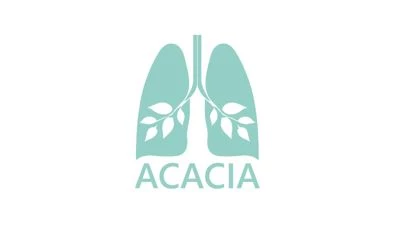
Currently no longer recruiting centers
-
The ACACIA study stopped prematurely due to a slow inclusion rate. For more information, contact the ACACIA steering committee via the contact form.

Participants included
-
The ACACIA study stopped prematurely due to a slow inclusion rate. For more information, contact the ACACIA steering committee via the contact form.
Study Summary
Rationale
In invasively ventilated critically ill patients, removal of airway secretions is typically performed by mimicking a cough followed by endotracheal suctioning. A cough can be mimicked by applying manual hyperinflation, which is an uncontrolled manoeuvre with risks. Another way to mimic a cough is by means of Mechanical Insufflation-Exsufflation (MI–E), which is more controlled, and therefore probably safer and more efficious than manual hyperinflation. Also, MI–E could be more comfortable for the patient. Currently, it is uncertain whether MI–E is feasible, safe, and effective in invasively ventilated critically ill patients.
Objective
The primary objective of this study is to evaluate the feasibility of MI–E in invasively ventilated critically ill patients. The secondary objective is to evaluate safety and explore data on the efficacy of MI–E in invasively ventilated critically ill patients with regard to the need for airway care interventions, duration of invasive ventilation and mortality.
Study design
Multicentre randomized clinical feasibility trial.
Study population
A total of 50 adult, invasively ventilated critically ill patients expected to need invasive ventilation > 48 hours will be enrolled.
Intervention group
After inclusion, patients will be randomly assigned to the intervention group or the control group. In the intervention group bedside nurses, trained in using the MI–E device, will apply MI–E sessions at two moments per calendar day (morning and afternoon) for a maximum of 7 days while a patient is invasively ventilated. Airway secretions are removed by endotracheal suctioning, as part of routine airway care. Manual hyperinflation will only be used when necessary in an emergency situation.
Control group
Patients in the control group will receive standard airway care consisting only of manual hyperinflation and endotracheal suctioning when clinically indicated according to the care protocols.
Main study parameters/endpoints
The primary outcome is the proportion of delivered MI–E sessions (2 times per calendar day a MI-E session of 3 x 3 cycles of an in- and exsufflation) per patient according to study protocol (feasibility). Secondary outcomes are the total number of serious adverse events (incidence of pneumothorax and serious hemodynamic of pulmonary instability) in relation to MI–E (safety) and preliminary exploratory data on the need for airway care interventions and clinical outcomes including duration of invasive ventilation, length of stay in ICU and mortality (efficacy).
Documents
- E1E2. Informatiebrief En Toestemmingsformulier Patient ENG Versie 4 Dd 07 11 2022
- E1E2. Informatiebrief En Toestemmingsformulier Patient NL Versie 3 Dd 14 10 2022
- E1E2. Informatiebrief En Toestemmingsformulier Vertegenwoordiger NL Versie 2 Dd 08 08 2022
- E1E2. Informatiebrief En Toestemmingsformulier Legal Representative ENG Versie 4 Dd 07 11 2022
Call for centers
The ACACIA study stopped prematurely due to a slow inclusion rate. For more information, contact the ACACIA steering committee via the contact form.

Study team
Other steering committee members
eCRF
The eCRF is built in Castor EDC, a program that can be reached from everywhere via the internet. Randomization and reporting of protocol deviations are performed in this system.
Clinical trials registration
Registration of the ACACIA study at clinicaltrials.gov with number: NCT06027008.
Contact
Questions about the ACACIA study? Please contact us.

